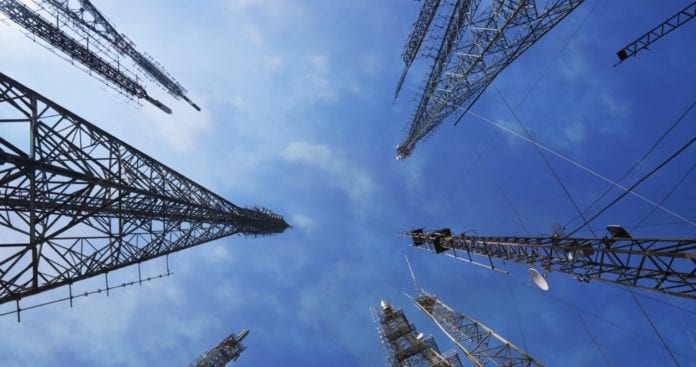Operators are now saying they ‘have no choice’ but to share small cell infrastructure, according to Connect (X) panelists
NEW ORLEANS – At Connect (X) 2023 in New Orleans, panelists offered insight into the small cell market, with an emphasis on whether this infrastructure will emerge as a popular multi-carrier option. According to all three experts, multi-carrier small cell sites are going to increase in frequency, despite the fact that historically, most carriers would never even consider sharing this space with competitors.
“4G and before, the small cell was marked off as an operator-specific solution for capacity and coverage for a particular operator and certain set of frequencies,” explained Dr. Shirish Nagaraj, chief technologist and director of research and development at Corning. “The small cell has got a lot of operator-specific intelligence and protocol stacks and so on.” However, as the telecom industry moves towards an Open RAN model, where the RAN architecture is becoming virtualized and disaggregated, Nagaraj said that this network intelligence is moving towards the edge, and as a result, the end access points are becoming more of a neutral host.
“You can actually now truly support a multi-carrier or multi-operator deployment through these networks of small cells, which are hosting a lot of intelligence and single processing and so on in a virtualized manner. That’s been a big shift in the way of thinking about small cells,” Nagaraj continued.
Over at Extenet, SVP of Planning and Engineering Mike Alt shared that this same trend is unfolding, and that the average number of attachments Extenet is seeing per pole is about 1.4. “What the means is that 40% of the sites have more than one carrier on it,” he offered. One of the biggest drivers, according to Alt — if not the biggest one — is economics.
He argued that while every operator has different economic situations, they are all trying to figure out how to deliver a bit per second without breaking the bank. And sharing infrastructure, particularly infrastructure that has to do be deployment in high numbers, is one way to cut costs. “If you go back two or three years, I had conversations with technical folks who would say, ‘Not on your life … would [I] share anything on the small cell infrastructure. Fast forward two years later, and these same folks are saying, ‘I have no choice. We have to do this. We have to stretch those dollars’,” he offered.
That doesn’t mean there isn’t still hesitation around multi-carrier small cells, Alt continued. “The technology works, it’s been proven as far as [a] multi-carrier situation,” he said, adding that carriers still need to be shown the business case. “Showing that there is economic advantage to doing this and at the same time, proving that there will not be a degradation of service.” Carriers also have concerns around giving up too much control of the infrastructure.
Alda Licis, vice president at Tilson Infrastructure, agreed that carriers remain worried about things like performance, degradation and interference in multi-carrier small cell deployments. However, the pressures to share sites is adding up, she explained. Beyond the economics, she said, municipalities are becoming more confident in their ability to demand that carrier’s share more infrastructure. “Municipalities have required fewer poles [and] colocation on the same pole. Sometimes there is no real estate where you can put a separate pole for different carriers. In the past, municipalities kind of shied away from it, wondered if they could insist on it, and now just because real estate has become more scarce, they have become more sure of themselves,” she said, adding that sometimes this requirement is even driven by simple aesthetics.
The panel was titled “Year of the Small Cell,” but as Licis put it, there really should be a question mark at the end. All three panelists agreed that with the hype of C-Band deployments mostly in the past, small cell deployments will absolutely pick up this year, but challenges remain around cost and power, and carriers still need a bit more convincing when it comes to site sharing, so it remains to be seen just how big 2023 will be for the small cell.

